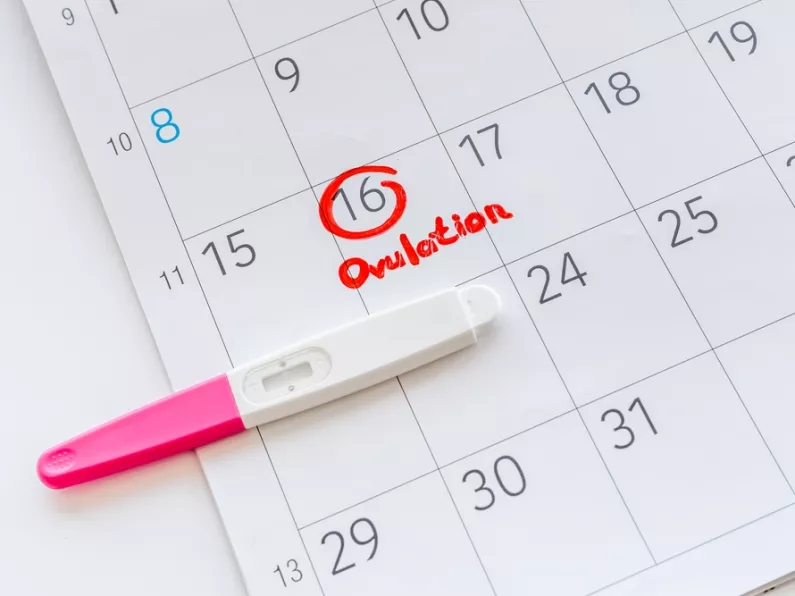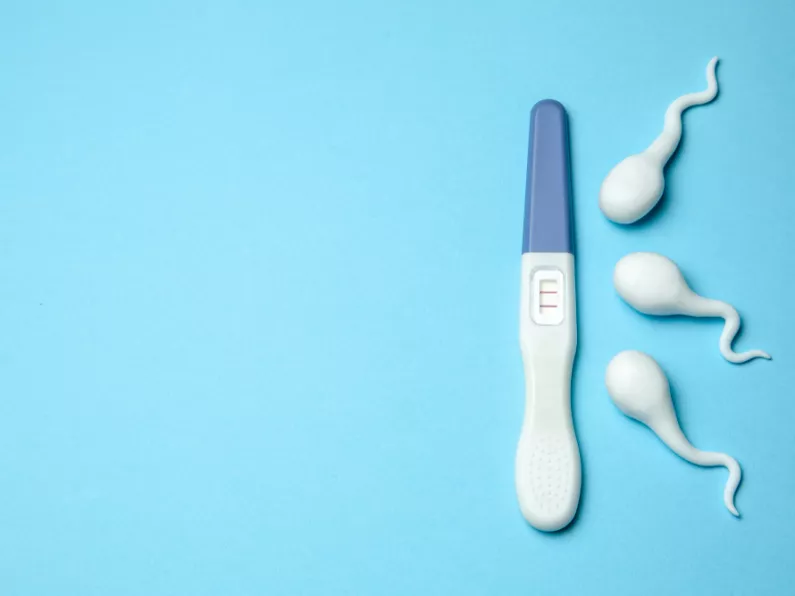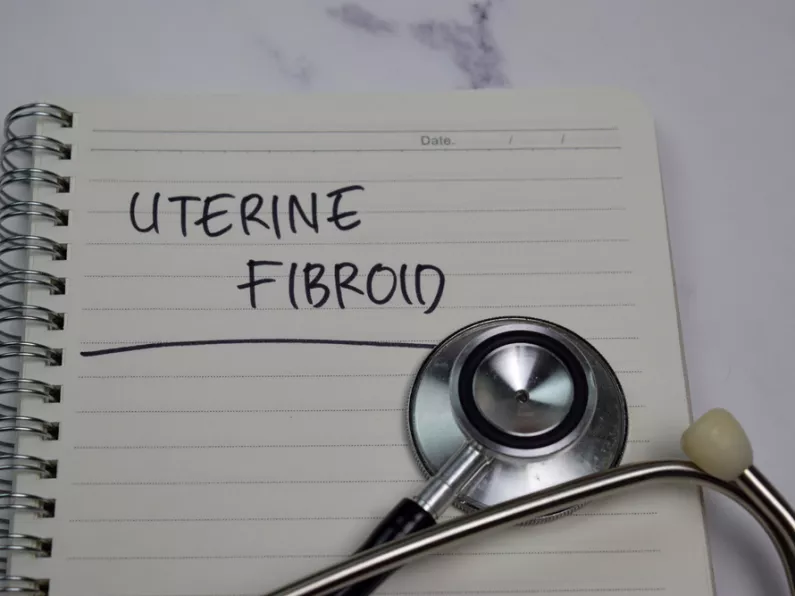As women, we spend many years trying NOT to get pregnant.
So when the time comes that we want to conceive, it isn't just as simple as it might have once seemed.
The key to getting pregnant is knowing and understanding when you're most fertile.
What is ovulation?
Ovulation is when an egg is released from the ovary, pushed down the fallopian tube, and is made available to be fertilized.
This happens approximately every 28 days - if you have a regular cycle.
The lining of the uterus has thickened to prepare for the fertilized egg but if no conception occurs, the uterine lining will be shed.
This is what causes your period.
Ovulation tracker: everything you need to know
- An egg lives for 12-24 hours after leaving the ovary
- Normally only one egg is released each time of ovulation
- Ovulation can be affected by stress or illness
- Some women may experience some light blood or spotting during ovulation
- Implantation of a fertilized egg normally takes place 6-12 days after ovulation
- A menstrual period can occur even if ovulation has not occurred, and vice versa
- If an egg is not fertilized, it disintegrates and is absorbed into the uterine lining.
How to track
Your monthly cycle is measured from the first day of your last period until the first day of your next period.
An average cycle normally is between 28 and 32 days, but some women may have much shorter or much longer cycles.
Ovulation can be calculated by starting with the first day of the last menstrual period, or by calculating 12-16 days from the next expected period.
Most women ovulate anywhere between Day 11 – Day 21 of their cycle, counting from the first day of the last period.
This is what many refer to as the “fertile window” because having sex during this time increases the chance of pregnancy.
But remember; ovulation can occur at various times during a cycle and may occur on a different day each month.
So it's important to track your cycle to help identify your peak fertile days.
Natural methods vs tests
If you prefer natural methods, you can monitor changes in cervical mucus and your temperature.
Cervical fluid will change to a wet, slippery substance that resembles “egg whites” just before ovulation occurs and until it is over.
A basal thermometer helps track a body temperature rise, which signals that ovulation has just occurred.
Check out this handy free ovulation tracker tool.







